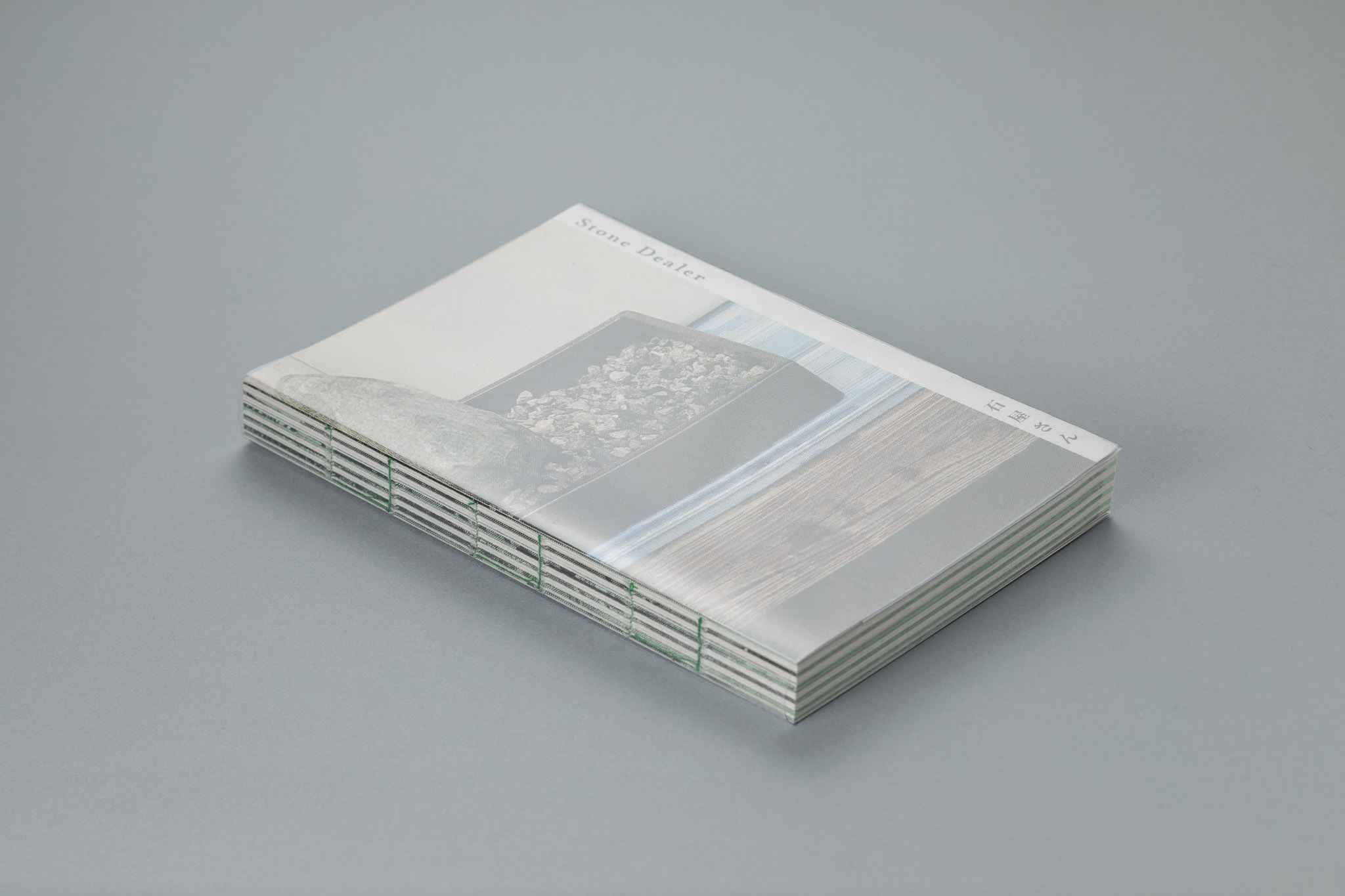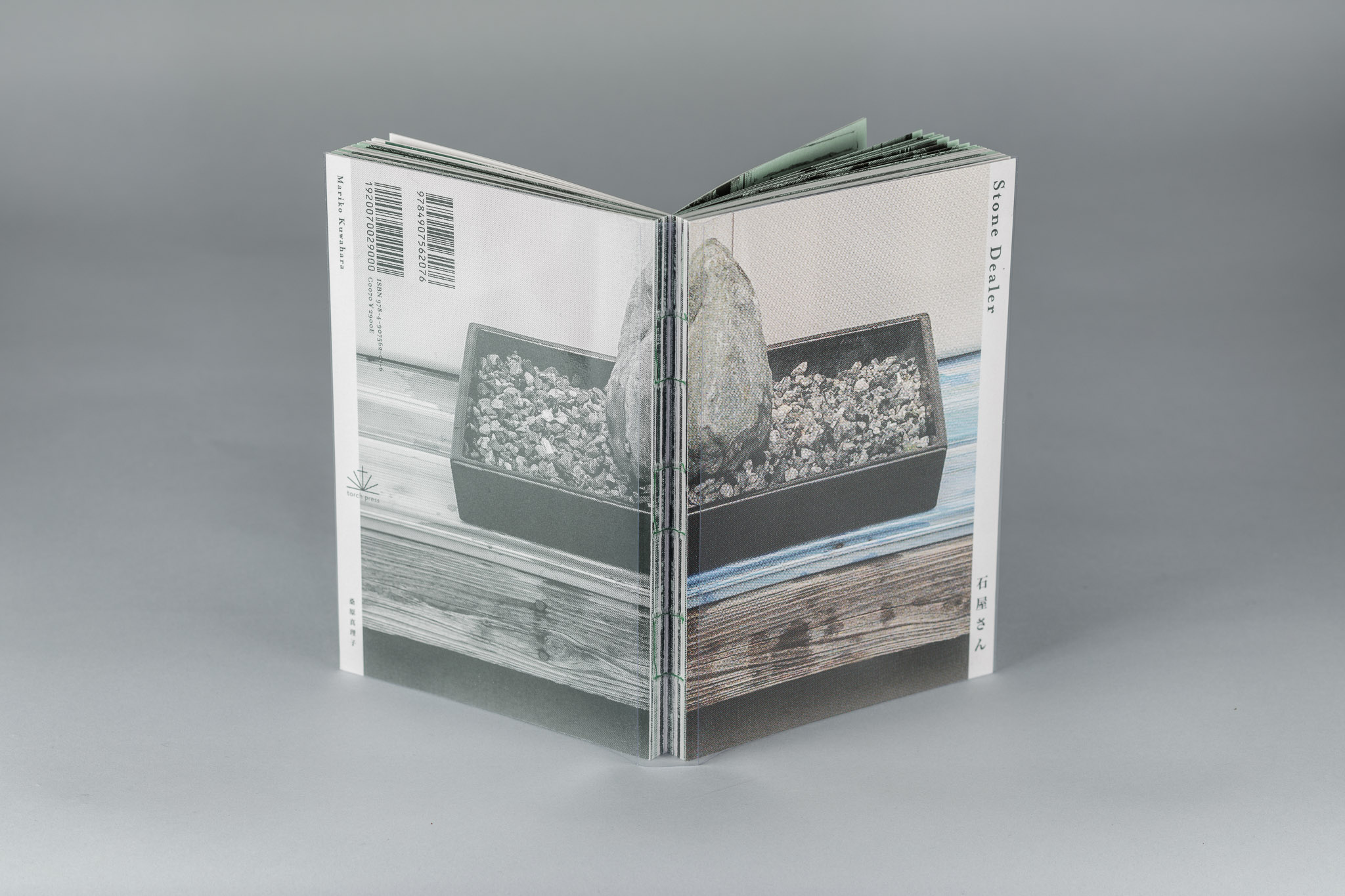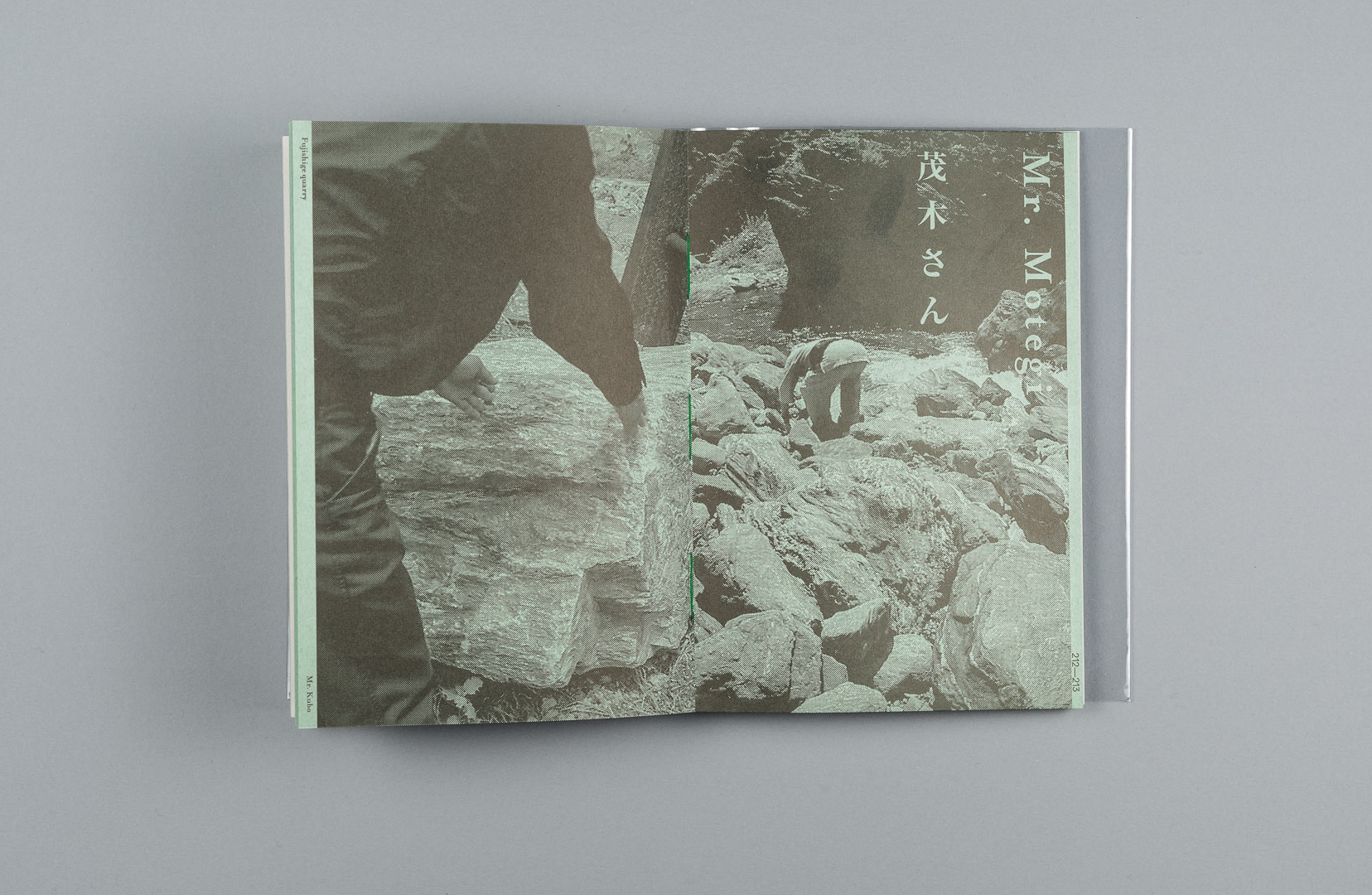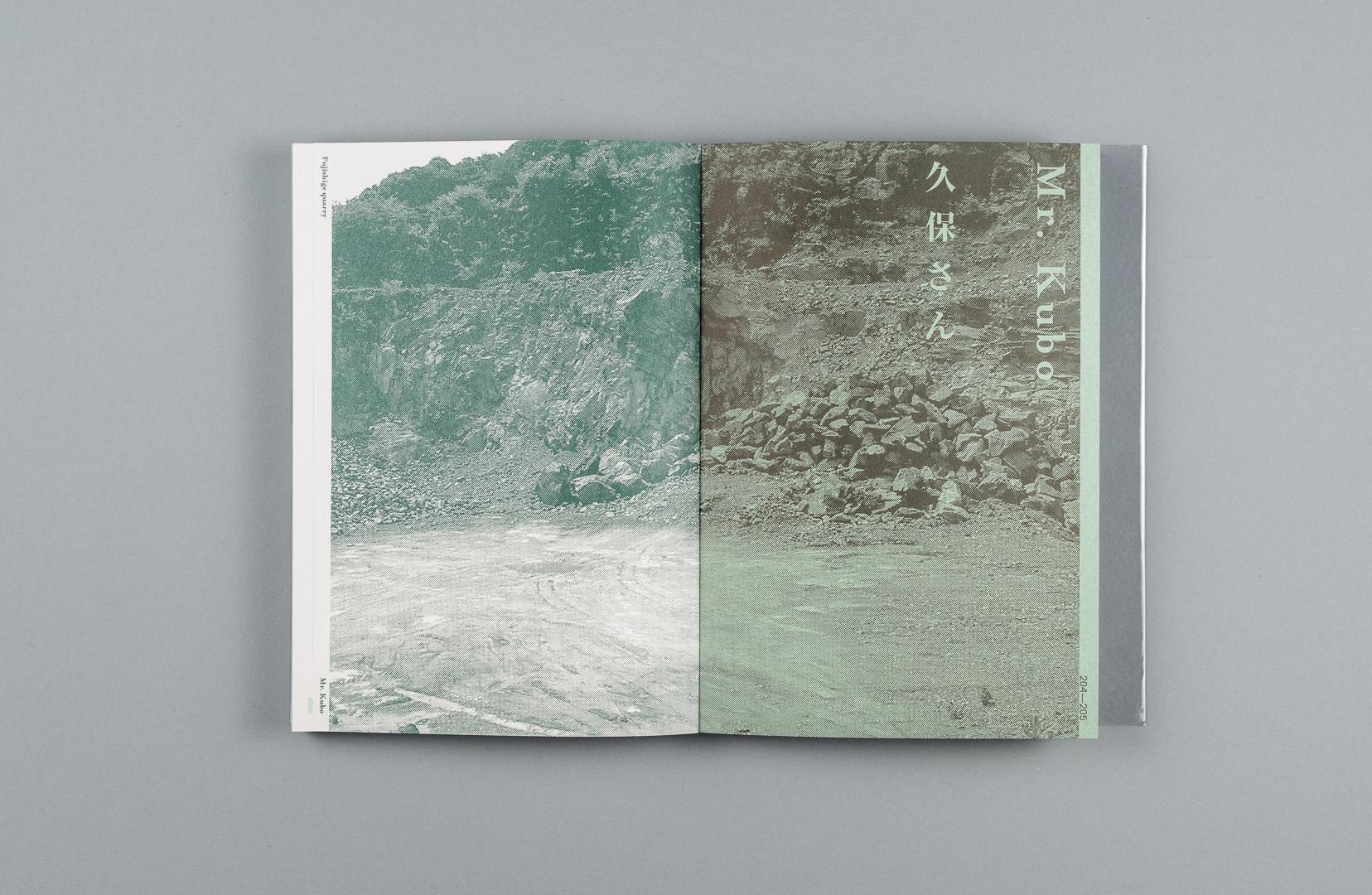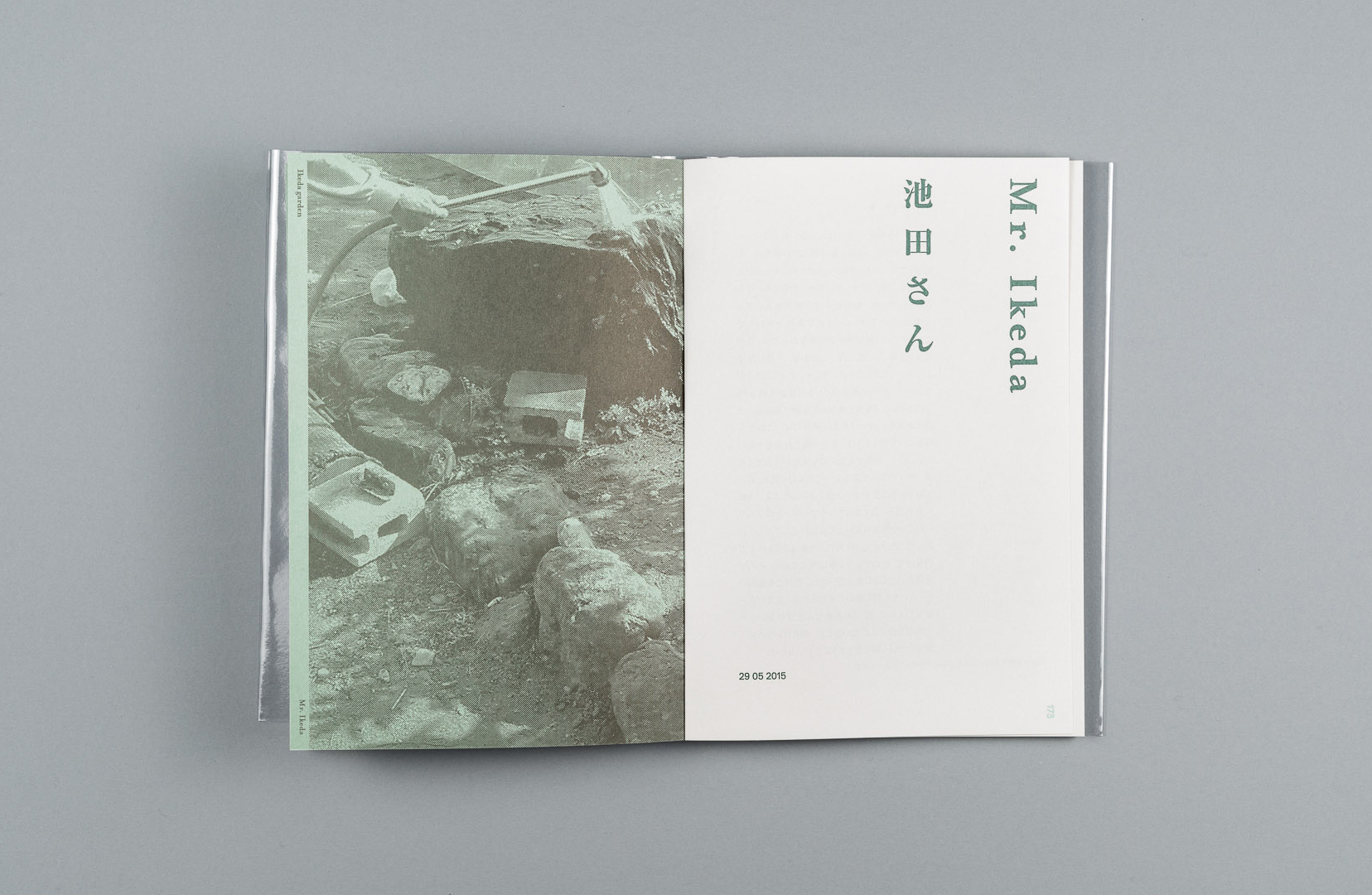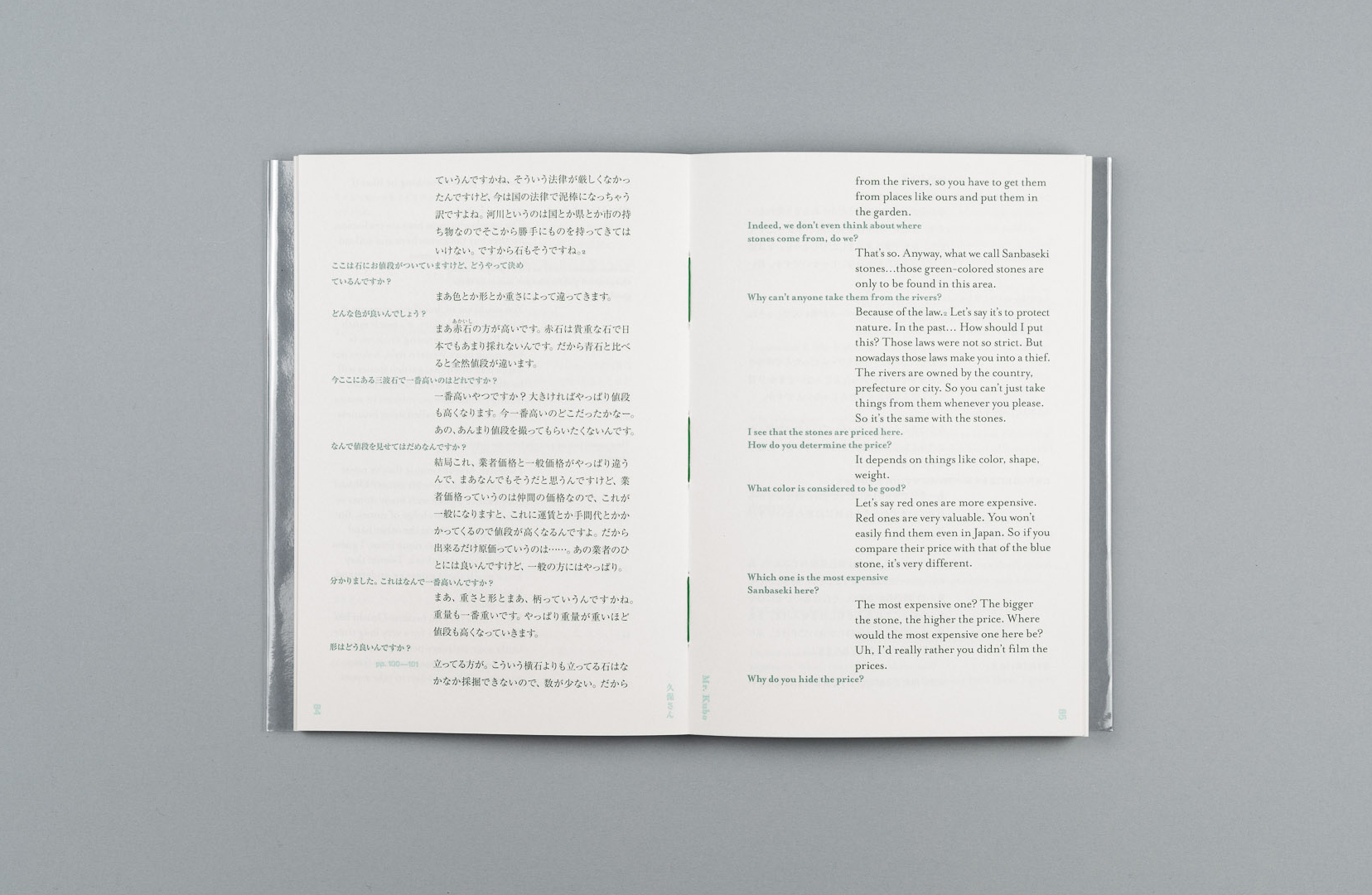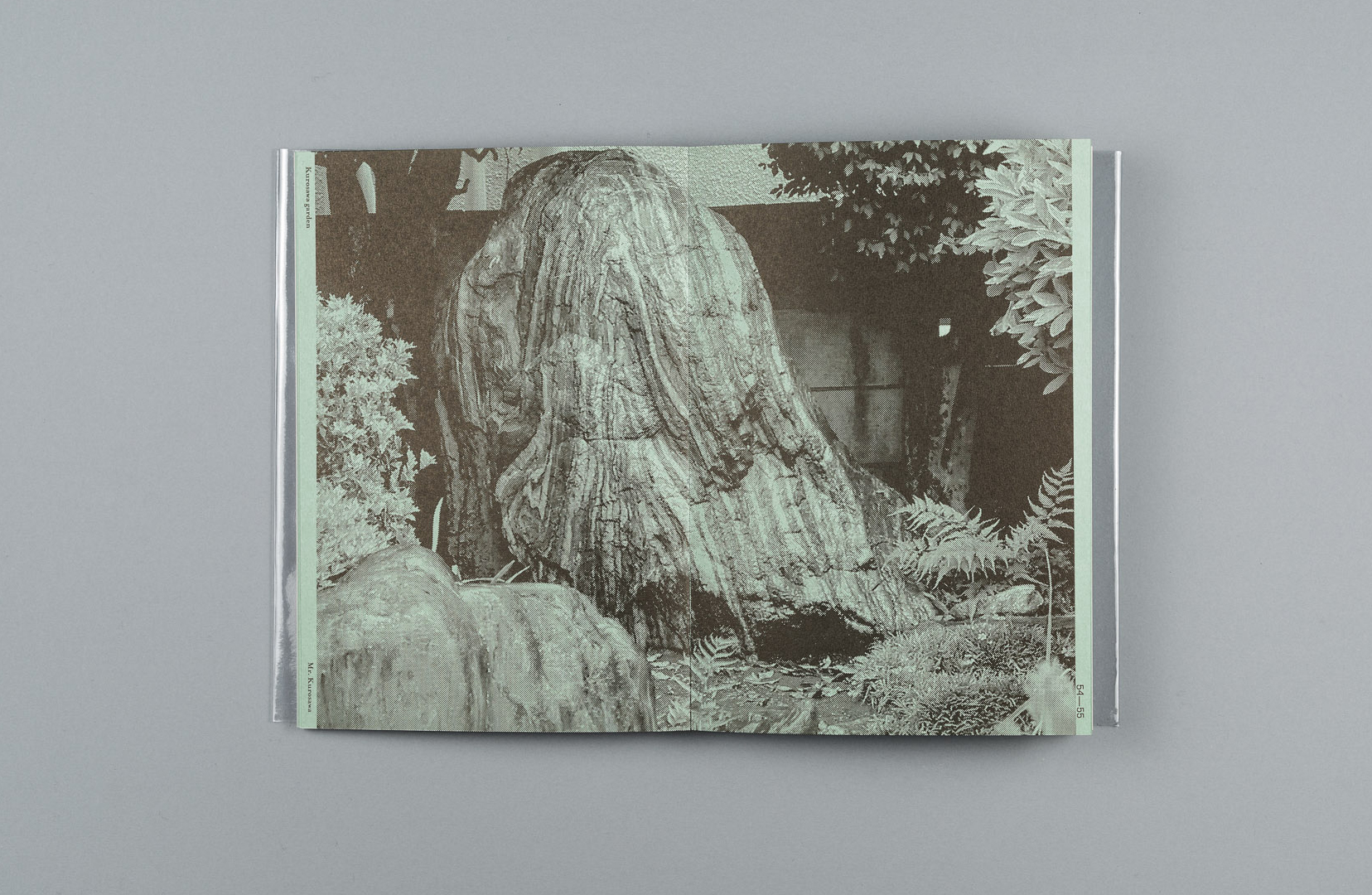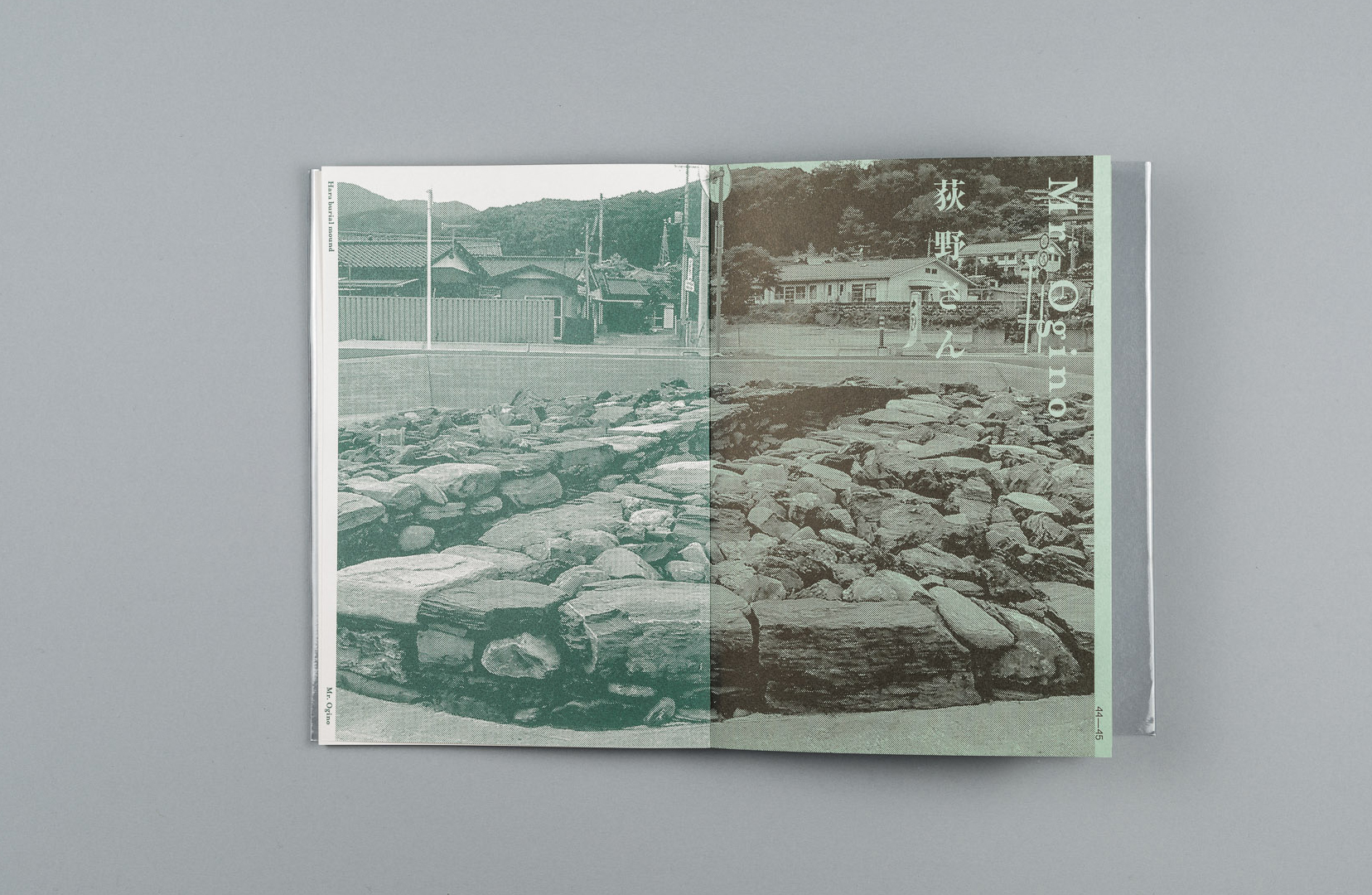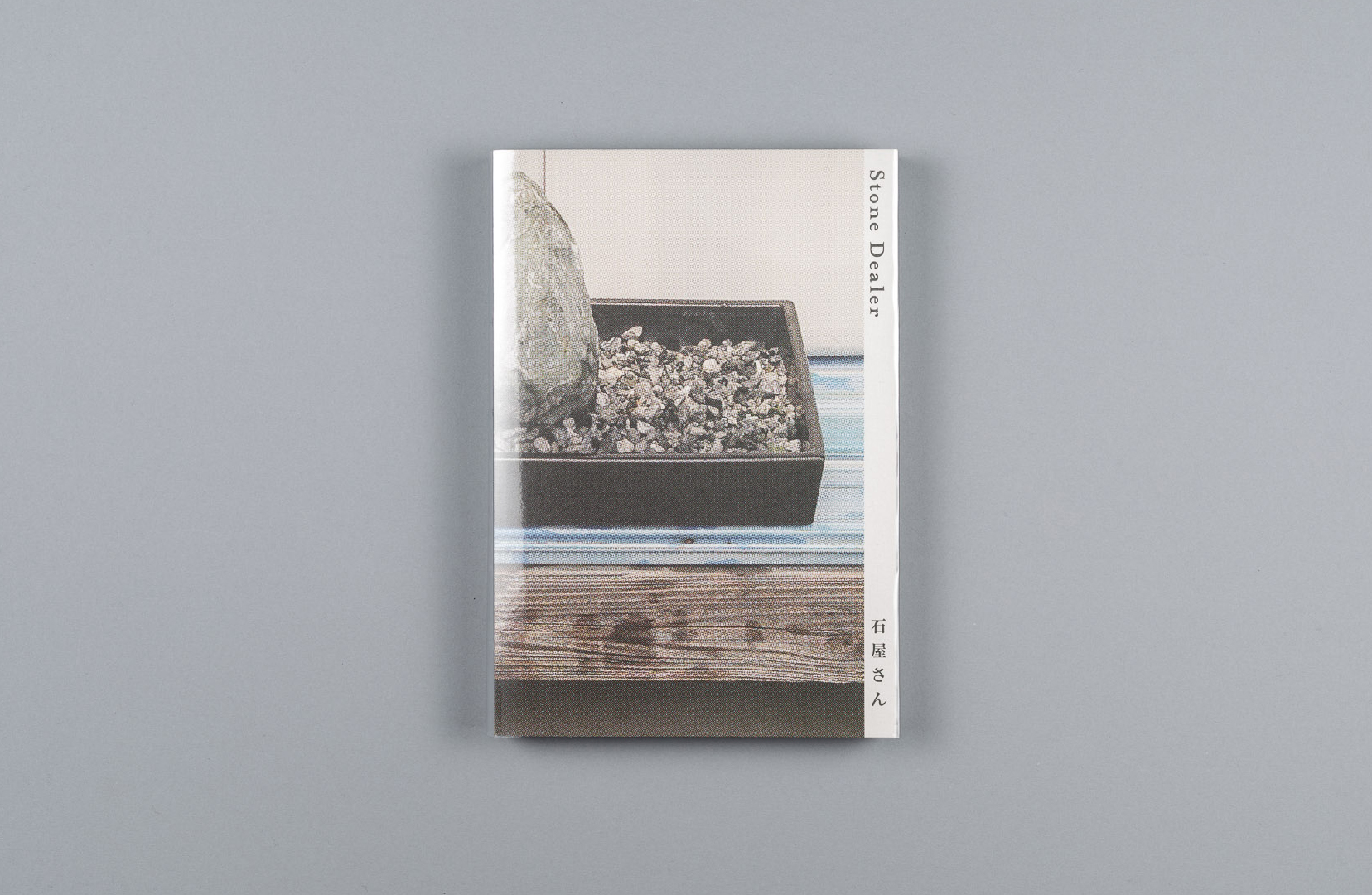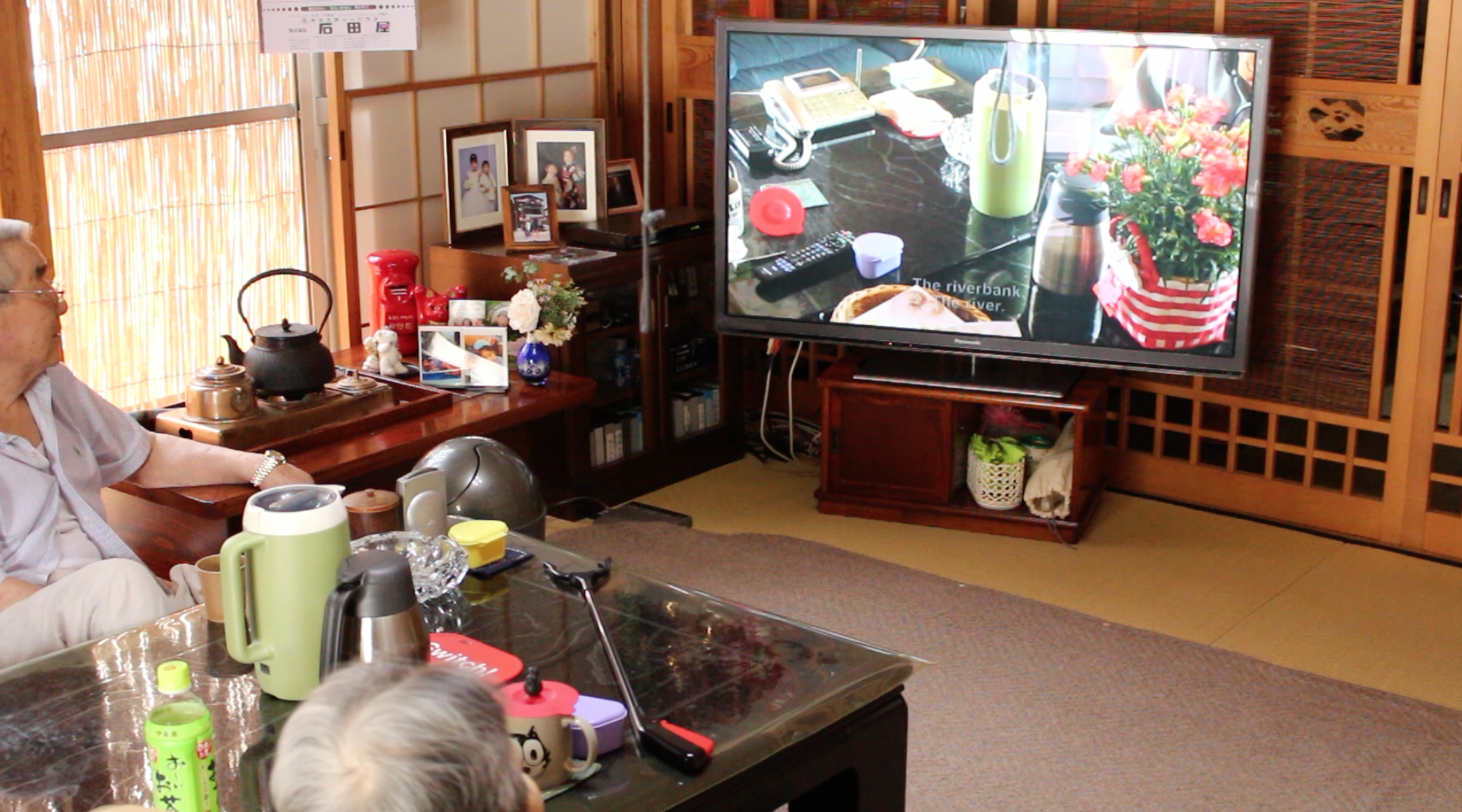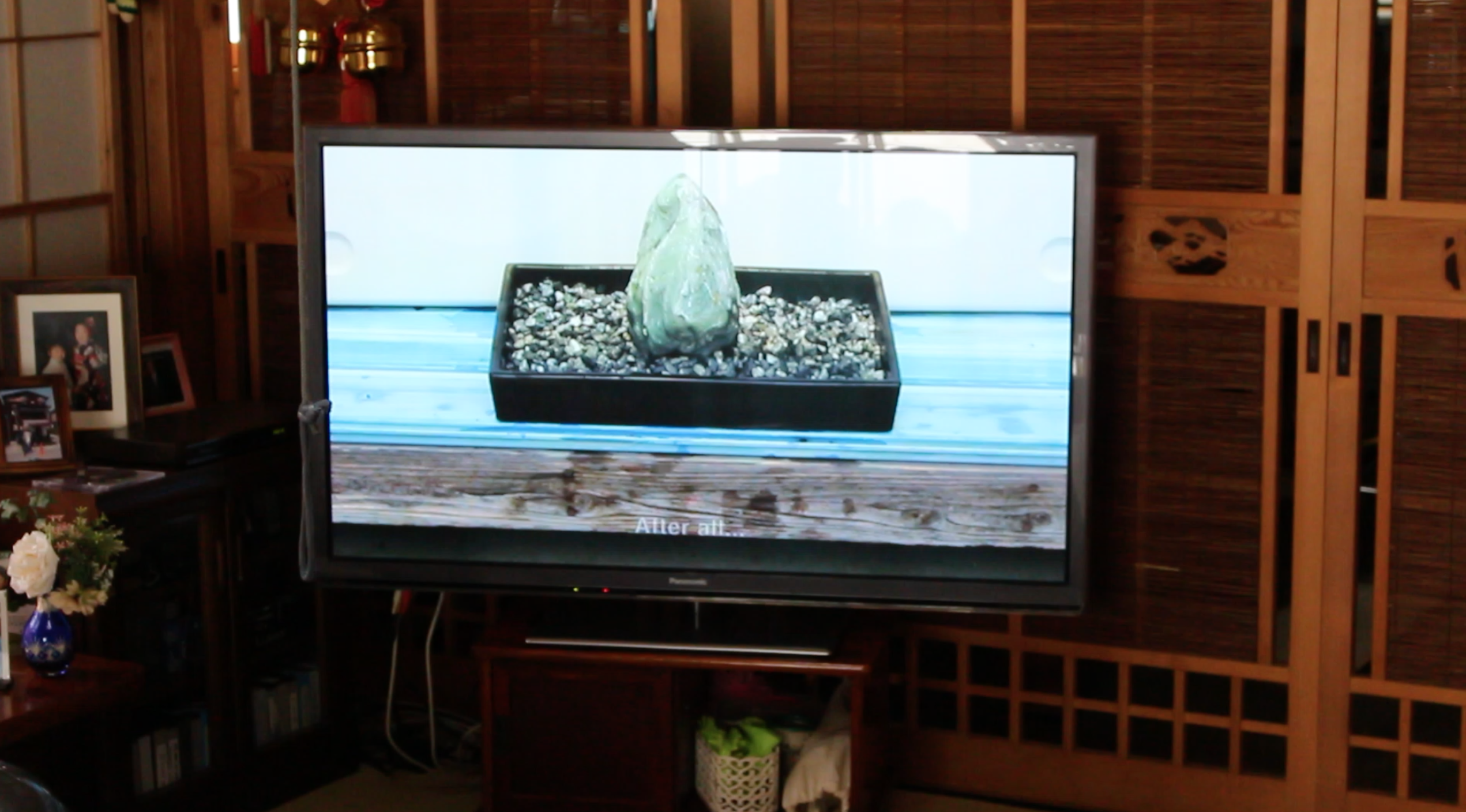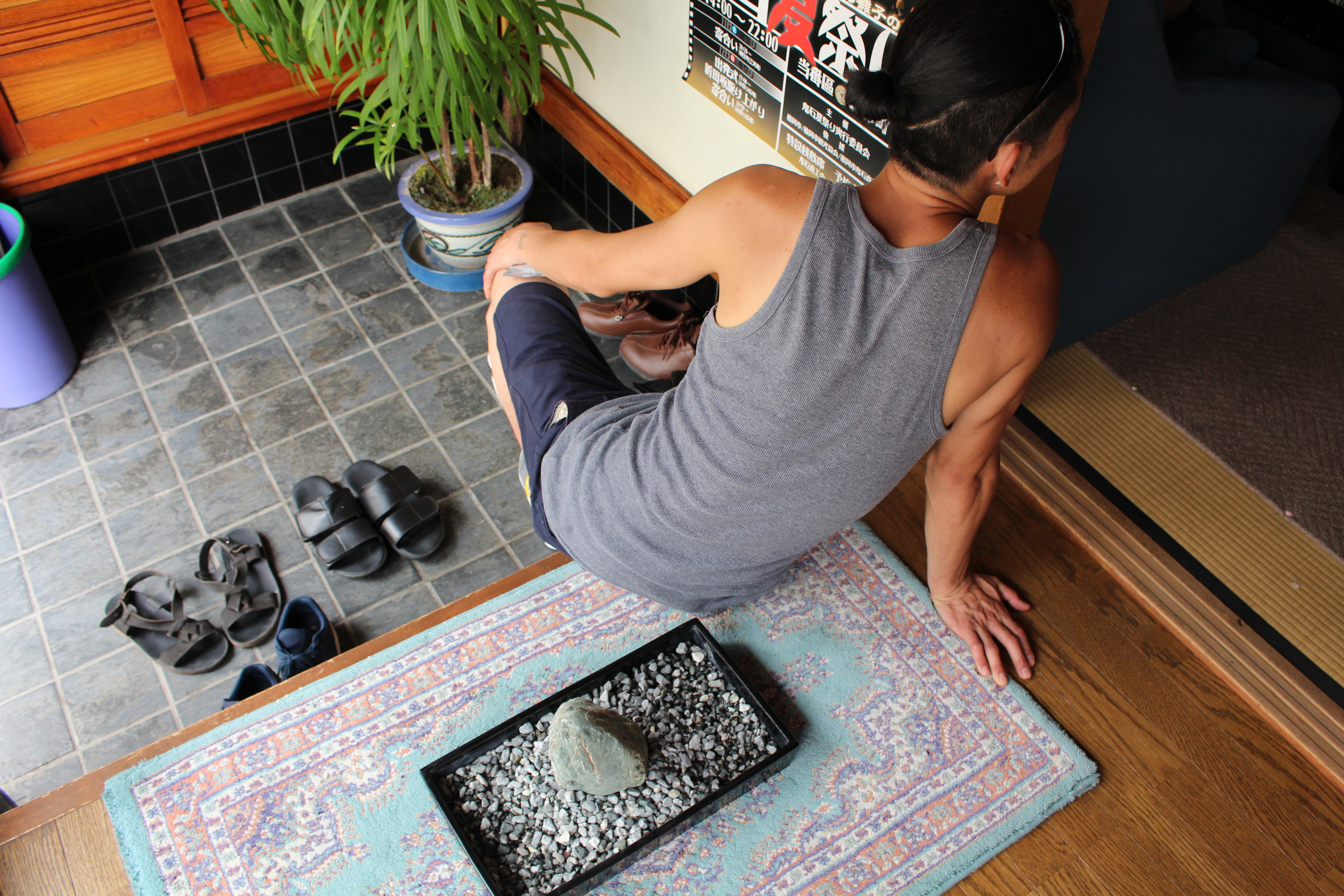石屋さん・STONE DEALER 2016 – book
The book “Stone Dealer” is a sequel to the video “Blue Stone”. It contains recorded conversations I had with eight stone dealers. Despite the fact that the stones have lost their commercial value, the stone dealers believe that the stones have preserved their unique cultural value and they explain what that means, seen from their perspective. Presently the profession of stone dealer is about to disappear. While there used to be four hundred of them, now only a handful of them are active in the stone business. One former stone dealer says: “Even when your body and bones are gone, the Sanbaseki stone will remain there and protect you forever.” This book shows that the value of natural objects is located in the personal stories and life histories they entail. It is a tribute to the stone dealers of Onishi.
torch press (JP)
244 pages
130 x 190 mm
English/Japanese
ISBN 978-4-907562-07-6
Design: Akiko Wakabayashi
Generously supported by the Creative Industries Fund NL and the Embassy of the Kingdom of the Netherlands in Tokyo

